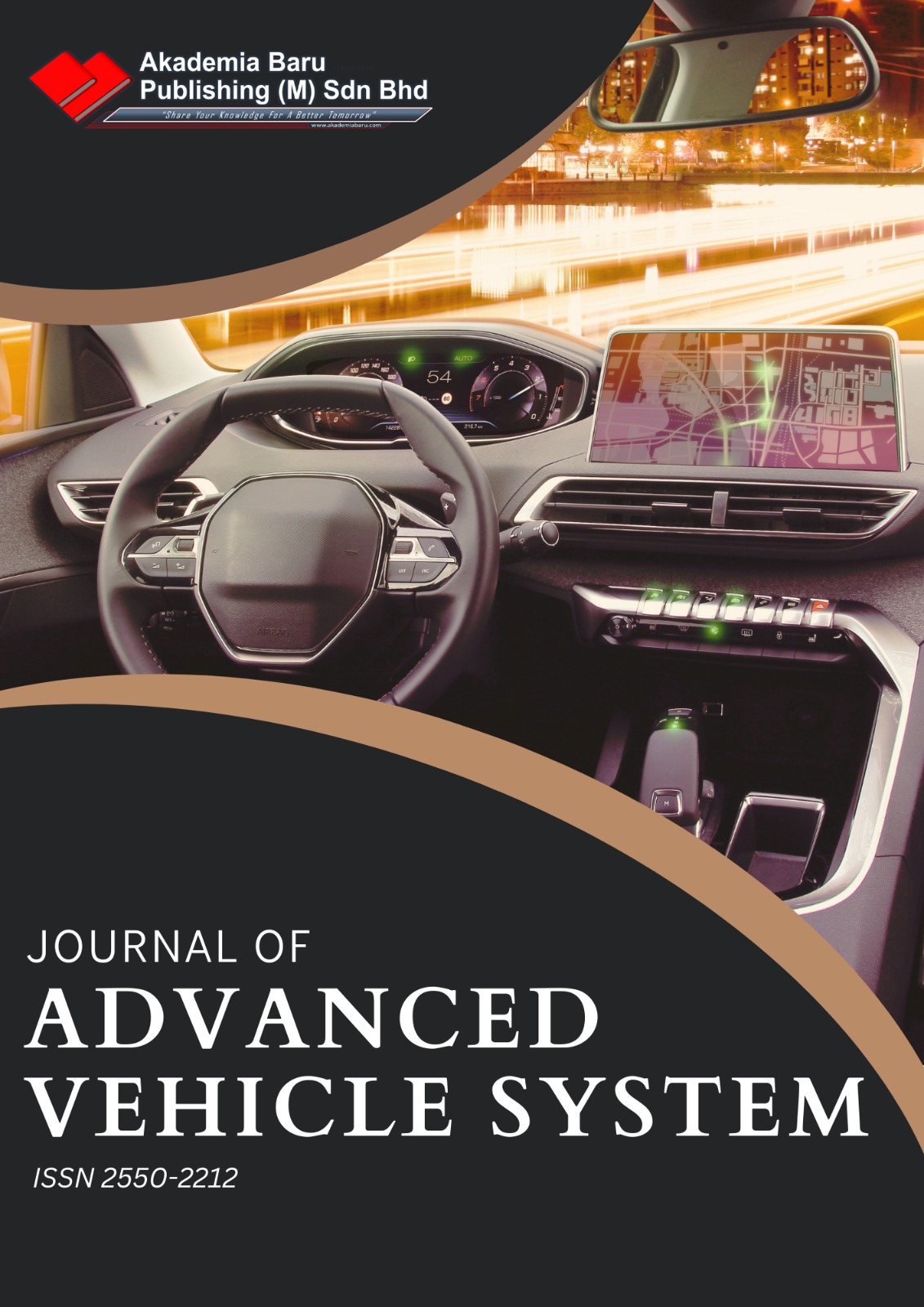A Review on Micro-Explosion Phenomena in Water-in-Diesel Emulsion Fuel
Keywords:
Combustion efficiency, diesel engine, exhaust emission, micro-explosion, water-in-diesel emulsion fuelAbstract
Water-in-diesel (W/D) emulsion fuel is the potential alternative fuel that could fulfill the world’s needs: more efficient energy usage and less polluting emission. It is capable to improve the combustion efficiency of a diesel engine and reduce harmful exhaust emission, especially nitrogen oxide (NOx) and particulate matter (PM). A microexplosion phenomenon is the key to the improvement of those measurements. It defined as the secondary atomization of the initial spray as a result of the rapid evaporation process of water that is initially contained in an oil drop. Fuel droplets exploded and tear into fine particles, leading to increase the air-fuel mixing process, thus promotes to better combustion. Numerous studies have been conducted experimentally and numerically in order to observe and investigate the behavior, onset and strength of the micro-explosion process, which include single droplet on hot plate, fine wire in the hot furnace, spray flame in the burner and bomb experiments
techniques. Factors that affect the onset and the strength of micro-explosion are the size of the dispersed water particle, droplet size of the emulsion, water-content in the emulsion, ambient temperature and ambient pressure.











